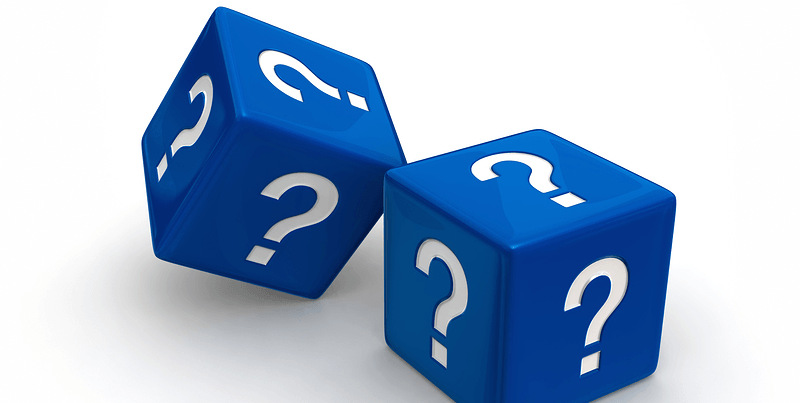What About This Recent Bank of Canada Interest Rate Increase?
Short Version
- I am not locking in myself
- I am staying variable
- For a variety of reasons
Long Version
If your discount from Prime (now 3.20%) is 0.50% or deeper – then the variable rate product remains a really great place to be.
If your discount from Prime is 0.25% or less, then depending on which lender you are with you may consider converting to a fixed rate, BUT…
Keep in mind the penalty to prepay (i.e. refinance or sale of property) a variable early is ~0.50% of the mortgage balance, whereas if in a (4yr/5yr or longer) fixed rate mortgage the penalty can be closer to 4.5% of the mortgage balance ***depending upon which specific lender you are with and how long of a term you lock in for.
If your Variable rate mortgage is with TD or WSCU your payments have not increased, as their variable rate product offers a static payment. (You can opt to increase it of you like) So with these two lenders you could be inflicting a significant payment increase on yourself to lock in, as much as $52.00 per month per $100,000 outstanding.
There are many considerations before jumping to lock in, many questions to ask, most of which the lenders are unlikely to ask you. Your lender is re-active, not pro-active – you need to be pro-active. And sometimes being pro-active results in no action being taken at all.
It is usually to the lenders greater benefit that you lock into a fixed rate, rarely is it to your own benefit.
At the moment many decisions are being made from a biased frame of mind; i.e. because we have had two recent rate increases this must mean still more rate hikes are on the way.
Not necessarily.
The government may well have overstepped with this recent rate hike and there may be a pullback within the next 6 to 12 months.
Back in 2010 rates increased 0.25% three times, and that sat stagnant for nearly five full years before two 0.25% decreases back downward.
In other words the last time Prime was pushed as high as it stands today, it sat there for five full years. And was then cut.
Something to think about.
The next Bank of Canada meeting is October 25, 2017.
I will be watching and waiting.
Primarily waiting.
This post was written by Dustan Woodhouse– Mortgage Expert. It was originally published here.




